The coastal area of Can Gio, Ho Chi Minh City is expected to form a 2,870-hectare sea-encroaching metropolis - Photo: TRUC PHUONG
So Can Gio - the most difficult, isolated and remote district of Ho Chi Minh City today - is aiming for a bold dual goal: not only to build a super urban area of more than 2,870 hectares (more than 7 times the area of District 4), with 230,000 residents (nearly 3 times the current population of Can Gio), but also to create a new center of Ho Chi Minh City (after merging Binh Duong and Ba Ria - Vung Tau ).
The Can Gio coastal urban tourism project is expected to become a financial and economic center, comparable to major cities in the region and the world.
Mr. NGUYEN PHUOC HUNG, Secretary of Can Gio District Party Committee
Can Gio coastal tourist urban area is located in the center of the expanded Ho Chi Minh City, where important traffic infrastructures of the area converge, especially connecting with Vung Tau - Data: DUC PHU - Graphics: TAN DAT
Determined to create new space
Arriving in Can Gio in mid-late April, the project implementation area has begun to bustle with many construction machines and equipment.
Secretary of Can Gio District Party Committee Nguyen Phuoc Hung shared: "The project not only shows the aspiration to rise up and strategic vision, but also strongly demonstrates the determination to create a development space for a prosperous future for Ho Chi Minh City."
With an unprecedented scale, the project is likened to a "mountain-moving" project. But more than that, the project is expected to change the land of Can Gio, creating a new "Pearl of the Far East", located in the center of the expanded Ho Chi Minh City.
Awakening and developing Can Gio into a resort, entertainment and eco-tourism urban area has been an idea throughout the past 30 years. This vision has been concretized in the Ho Chi Minh City Planning for the period 2021 - 2030, with a vision to 2050 recently approved by the Prime Minister.
It clearly defines: Can Gio will become an ecological urban area, prioritizing the conservation of biosphere reserves, developing marine economy, tourism, marine ecological urban areas and renewable energy.
The area where the Can Gio sea encroachment urban area will be built will have a scale of more than 2,870 hectares - Photo: CHAU TUAN
Open to the sea
The urban area is 2,870 hectares wide, of which the sea encroachment area (according to the construction permit for the sea encroachment item issued by the Ho Chi Minh City Department of Construction on April 15) is more than 1,357 hectares. Including the leveled area of more than 906 hectares, the lake of more than 450 hectares with the depth of the central lake bottom from 8 - 12 meters.
The lake embankment section of the sea encroachment project has a total length of 76.67km and the sea embankment section of the sea encroachment project has a total length of nearly 18km.
The entire urban area is planned with ecological water surface as the center, connecting the constructions to open towards the sea. Green space of water surface, green space from large parks penetrates to every foot of the building, construction and living space of the people.
The total area of green land, water surface and sand is more than 975 hectares including parks, flower gardens, gardens, walking paths...
The urban center will have an artificial saltwater lake of about 450 hectares, plus a sea dike system nearly 18km long, creating a very large beach area (clean and beautiful, no more mud) for residents and tourists.
In area C, Hai Dang cape - a location considered to have beautiful scenery, a 108-storey architectural tower will be built.
The 1/500 detailed planning also identifies the nature of the project as a coastal tourism urban area, resort tourism, MICE (conference, seminar combined with resort), smart urban area, high-tech services, housing, hotel...
Perspective of area C with the highlight being the 108-storey tower - Photo: VG
Vision of prosperity
According to Mr. Nguyen Phuoc Hung, this is a project that demonstrates a strategic vision to create a space for the development of a prosperous future for Ho Chi Minh City. Can Gio has a special geographical location and great potential, being the gateway to the sea of Ho Chi Minh City.
This area is easily connected to Ba Ria - Vung Tau, Nhon Trach district (Dong Nai)... by existing traffic works, which have been and are being invested in.
Can Gio coastal urban tourism project is in a very favorable location to be oriented to become a financial - economic center, comparable to major cities in the region and the world.
Most importantly, according to Mr. Hung, Can Gio residents believe the project will be a "push" to open up new development space, attract investment, create jobs, promote economic growth, improve people's quality of life, and create a green, clean, beautiful, civilized and modern living environment.
"I believe the Can Gio sea reclamation project will awaken the potential and promote the important gateway position of Ho Chi Minh City," said Mr. Hung.
Speaking to Tuoi Tre, Mr. Ngo Anh Vu - Director of the Ho Chi Minh City Institute of Construction Planning - said that the Can Gio sea encroachment urban project has been approved for detailed planning, in accordance with the policies, orientations, and legal regulations from the highest levels.
From the beginning, the project has attracted many opinions from scientists, experts, leaders of ministries and sectors to analyze, evaluate and give comments on many aspects: from planning, space, traffic organization, environment... to advantages and disadvantages. According to Mr. Vu, the special thing about this project is the improvement of the coastline.
Can Gio beach is muddy and not suitable for swimming, but the project will create beaches for bathing, entertainment, and tourism. The possibility of the project indirectly affecting the biosphere reserve has been calculated, measured, and measures have been taken to minimize it.
Mr. Vu also said that sea encroachment is not a new model, many countries in the world and in Vietnam many provinces have done it for a long time.
Previously, in the general planning, the general trend of the world was that urban areas developed towards the sea. Ho Chi Minh City chose Can Gio to develop towards the sea, which is in line with the modern trend.
Late Prime Minister Vo Van Kiet and his letter on Can Gio development
In a letter to Ho Chi Minh City leaders in 2002, the late Prime Minister Vo Van Kiet affirmed the strategic vision of developing Can Gio into a special resort, entertainment and tourism urban area.
He emphasized: "I want to clarify my consistent idea before and now, which is to determine the East direction as Can Gio, also the East Sea, as a resort, entertainment and tourism urban area. This is a complex close to the unique ecological area (Sac Forest), this urban area is not only important to our country but at least on par with the Southeast Asian region."
The late Prime Minister also affirmed that Ho Chi Minh City with this new urban area will have a solid rear, directly from tens of millions of people in the Mekong Delta.
Ho Chi Minh City, as the center of the region, is also responsible for meeting the needs of the population in the area. Not to mention the number of international visitors that is constantly increasing. To the north is the Cu Chi tunnels, to the east is the Sac forest and the future urban area along with Can Gio beach will contribute to meeting the needs of the most demanding tourists...
New model in the policy of prioritizing private economic development
The Can Gio coastal tourism urban area, developed by Vingroup, clearly demonstrates the realization of General Secretary To Lam's policy of prioritizing private economic development. This is the "ripe" time with all three factors converging to attract large Vietnamese corporations to invest in key infrastructure projects.
Firstly, infrastructure is a major bottleneck that must be resolved to develop the economy. Secondly, the state budget is in deficit while the room for cheap preferential loans from international financial institutions is narrowing.
Third, Vietnam's large corporations themselves have grown strong and are "mature" enough to invest in and operate large infrastructure projects with optimal efficiency that surpasses that of the state sector.
This project also opens a new phase for the Government and localities to develop infrastructure under the public-private partnership (PPP) method.
From here, the Government and localities need to boldly assign domestic corporations to implement the PPP mechanism, shortening investment processes and procedures to maximize progress.
The Government should hire more consulting units (domestic and foreign) with excellent technical capacity to provide legal advice and technical supervision capacity to support state agencies in ensuring the legitimate interests of the State and of the investment units in this process.
Mr. Nguyen Quang Dong (Director of the Institute for Policy Research and Media Development - IPS)
Vietnam has 80 land reclamation areas.
The 2024 Land Law has for the first time legalized sea reclamation activities in Article 190, clearly stating the State's policy of encouraging organizations and individuals to use capital, techniques, and technology to carry out sea reclamation activities, and has policies to support and give incentives to investors carrying out sea reclamation activities in accordance with the provisions of law.
Must ensure the principles: national defense, security, sovereignty, sovereign rights, jurisdiction, national interests at sea; full assessment of socio-economic and environmental aspects; conformity with planning; effective exploitation and use of marine resources; ensuring harmony of interests of organizations and individuals carrying out sea reclamation activities and other related organizations and individuals; ensuring the right of access to the sea of people and communities...
According to the Ministry of Agriculture and Environment, Vietnam currently has about 80 sea encroachment projects in 19 provinces and cities.
Typical examples include the Rach Gia sea encroachment urban area project (Kien Giang) approved in principle in 1999, with an area of 420 hectares; the Da Phuoc sea encroachment international urban area project (Da Nang) with an area of 210 hectares; the Ha Long Marina urban area project in Quang Ninh with an area of 287 hectares; the Do Son Dragon Hill international tourist area (Hai Phong) with an area of 480 hectares...
Or the planning of Ben Tre province for the period 2021 - 2030, with a vision to 2050, has an orientation to develop 50,000 hectares towards the sea, reclaiming the sea to create momentum for development.
Tuoitre.vn
Source: https://tuoitre.vn/do-thi-lan-bien-can-gio-ky-vong-thanh-trung-tam-moi-cua-tp-hcm-20250419073921988.htm#content-1



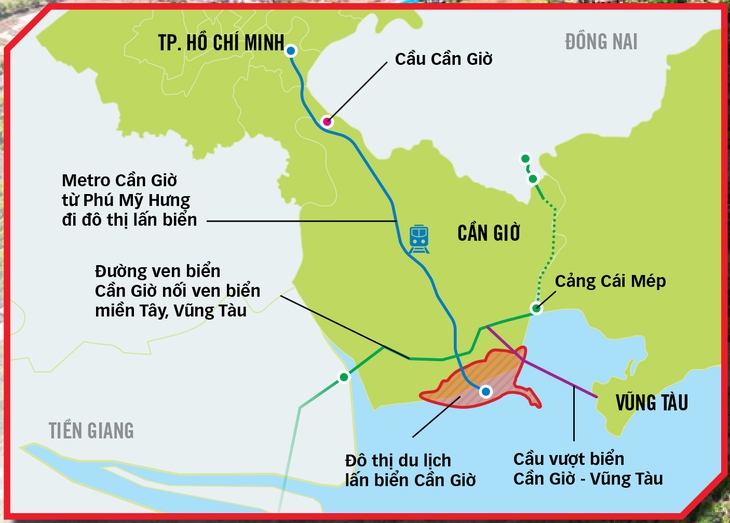
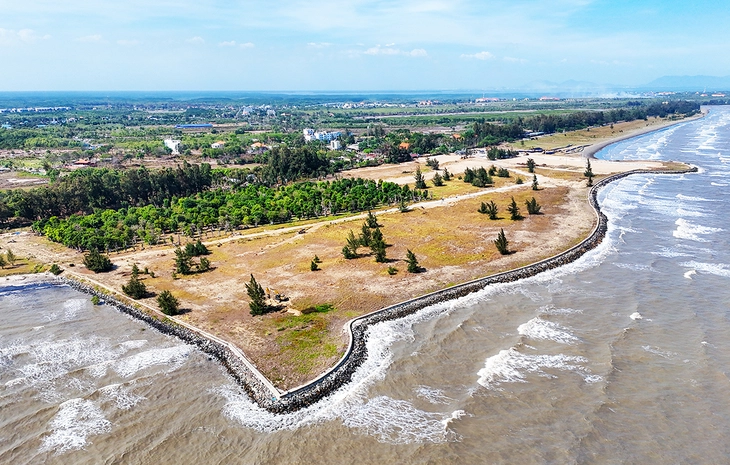




![[Photo] Closing of the 14th Conference of the 13th Party Central Committee](https://vphoto.vietnam.vn/thumb/1200x675/vietnam/resource/IMAGE/2025/11/06/1762404919012_a1-bnd-5975-5183-jpg.webp)










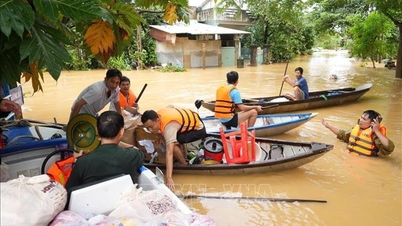



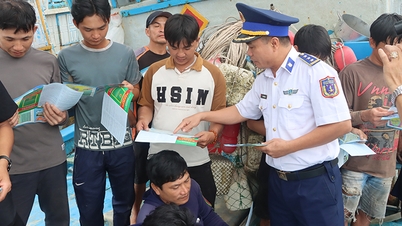

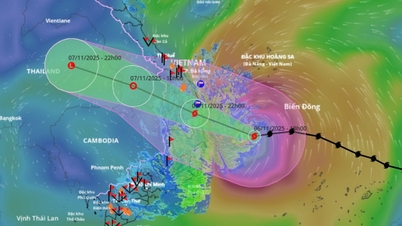

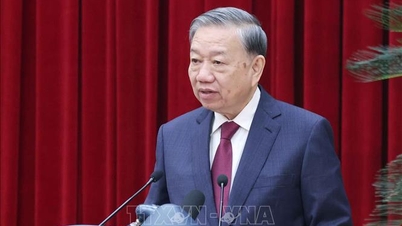


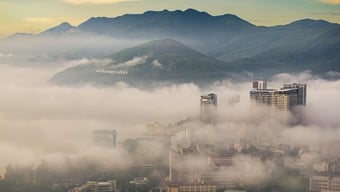





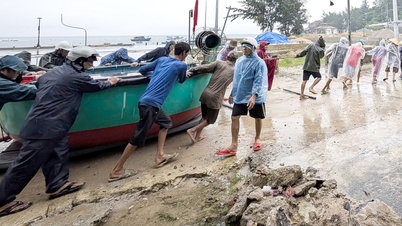
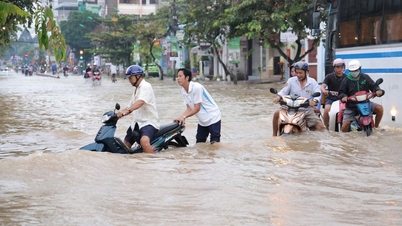

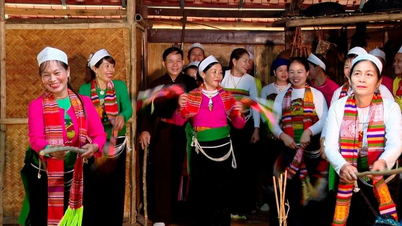





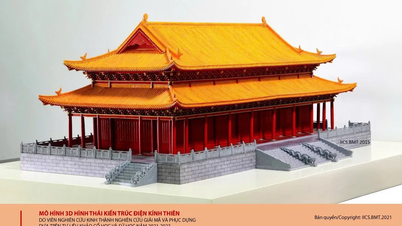















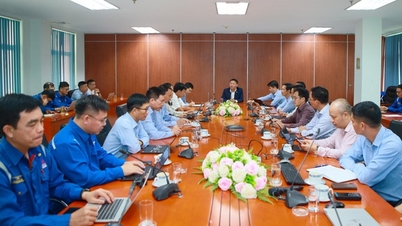

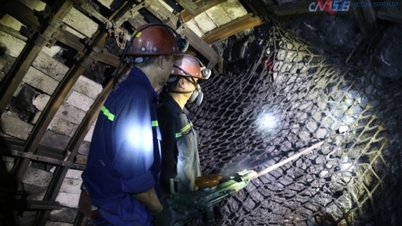

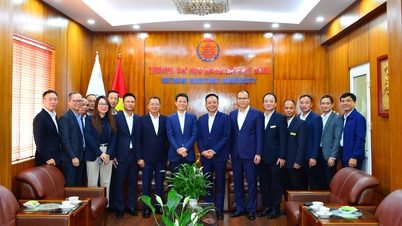
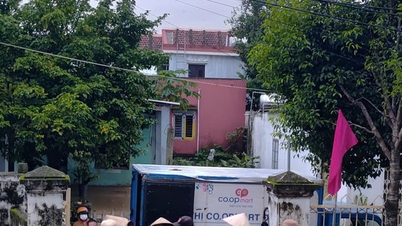
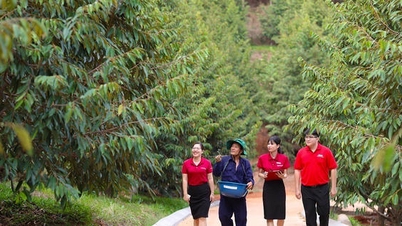

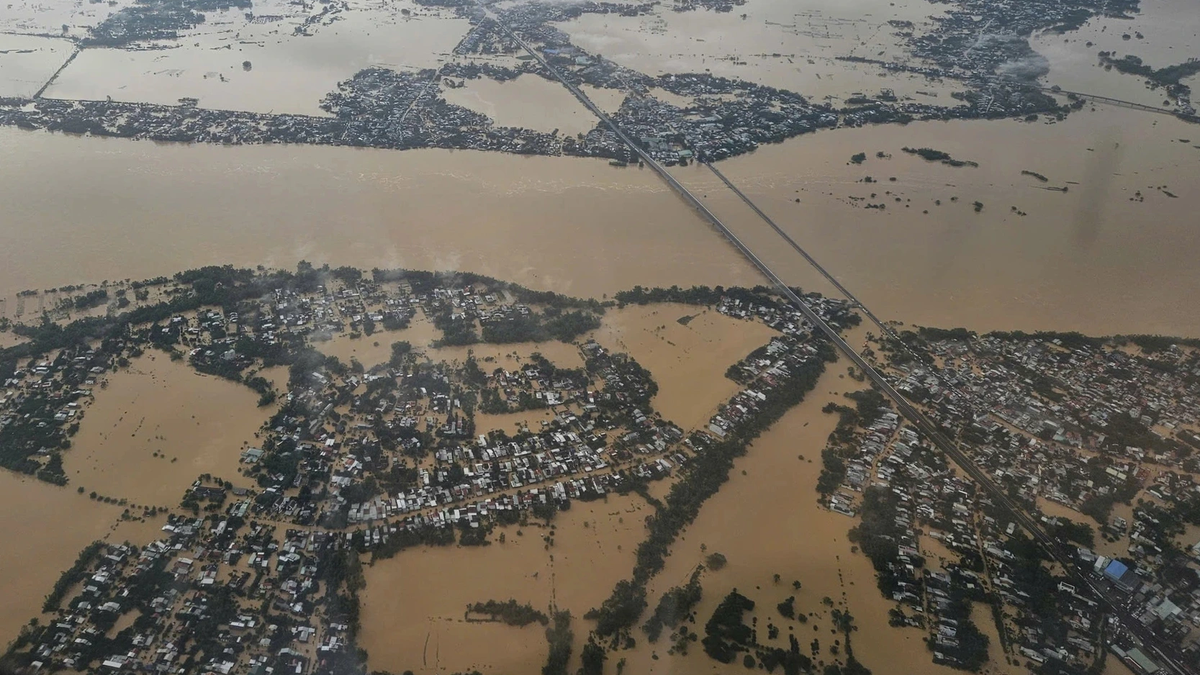


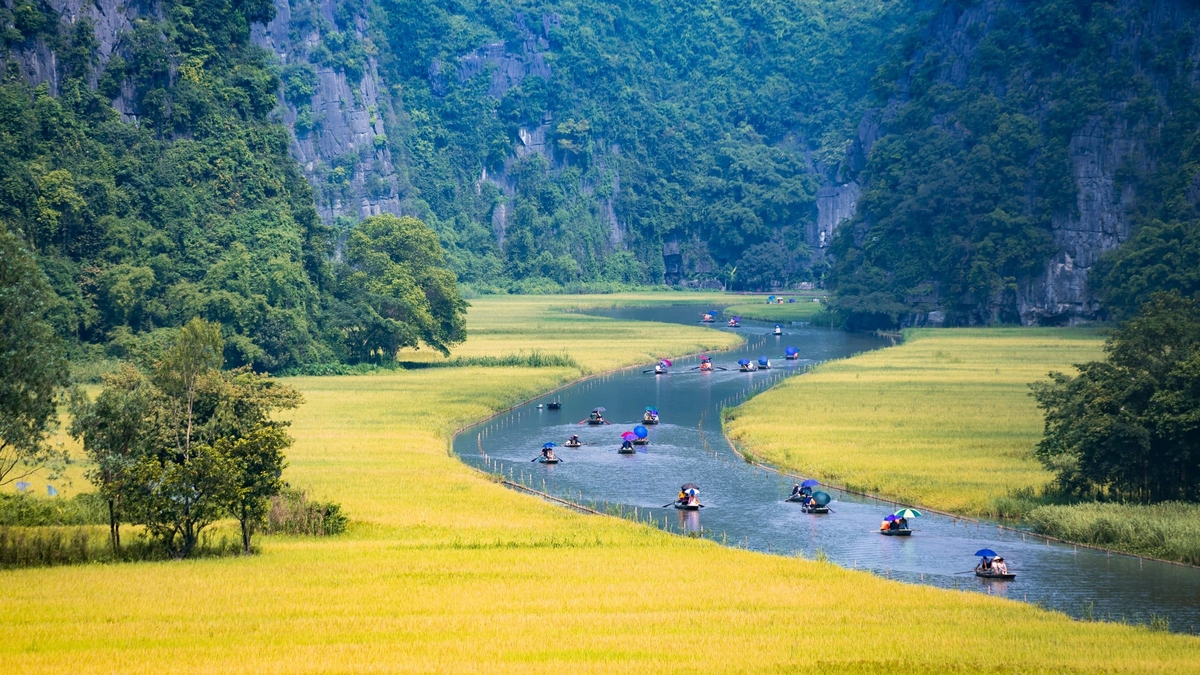
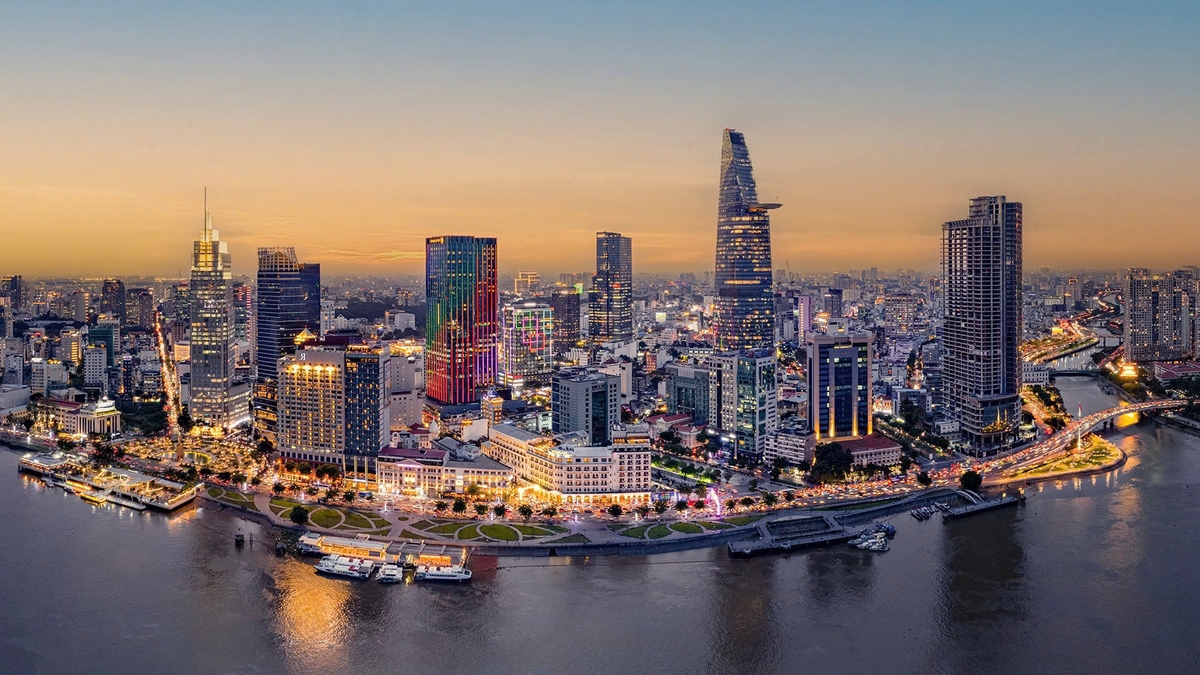
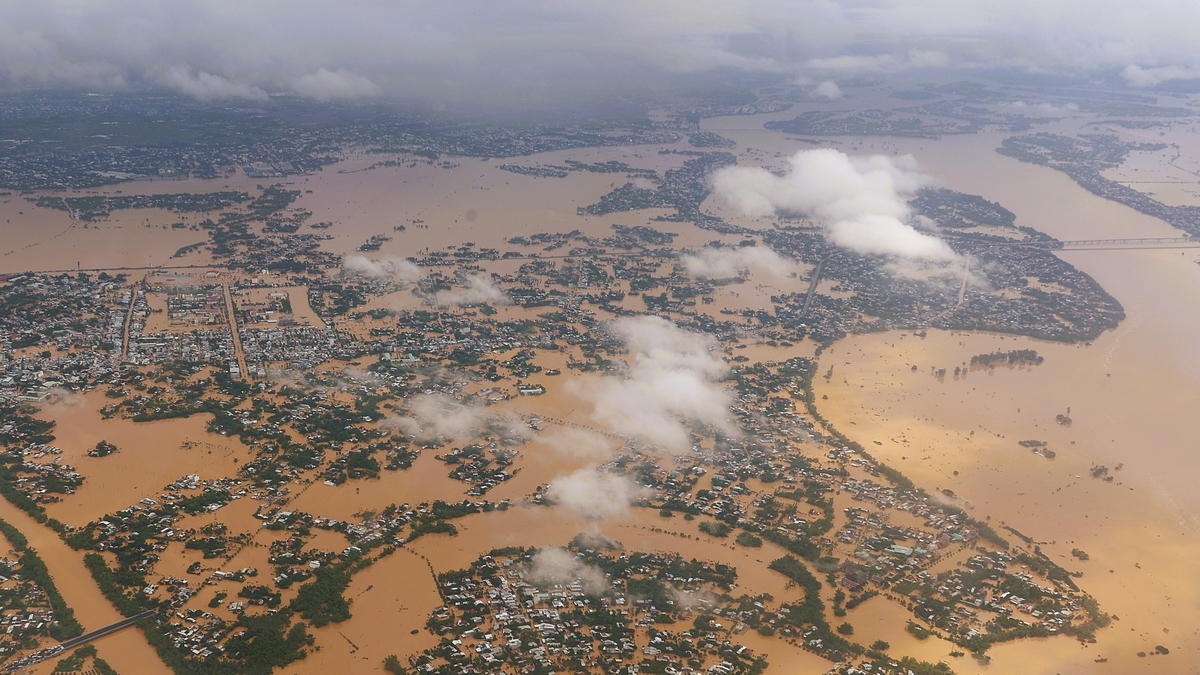

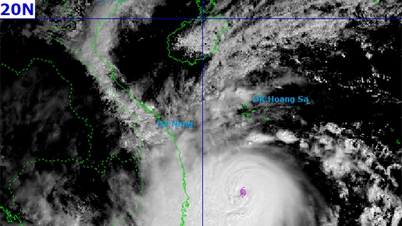



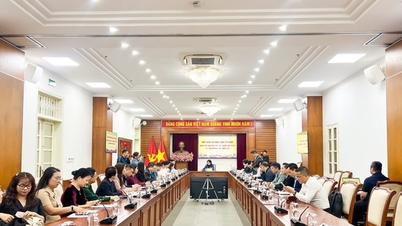






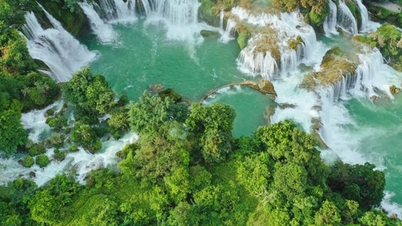




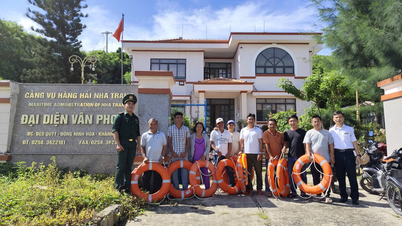



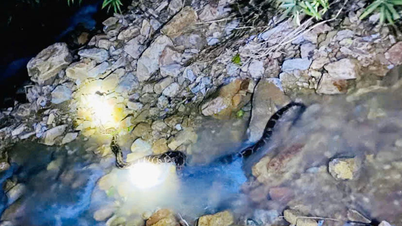


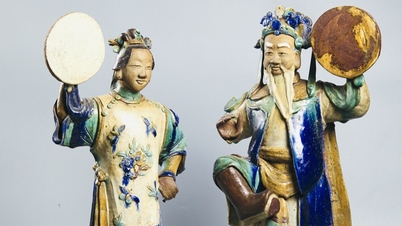



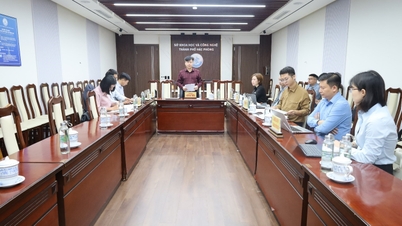




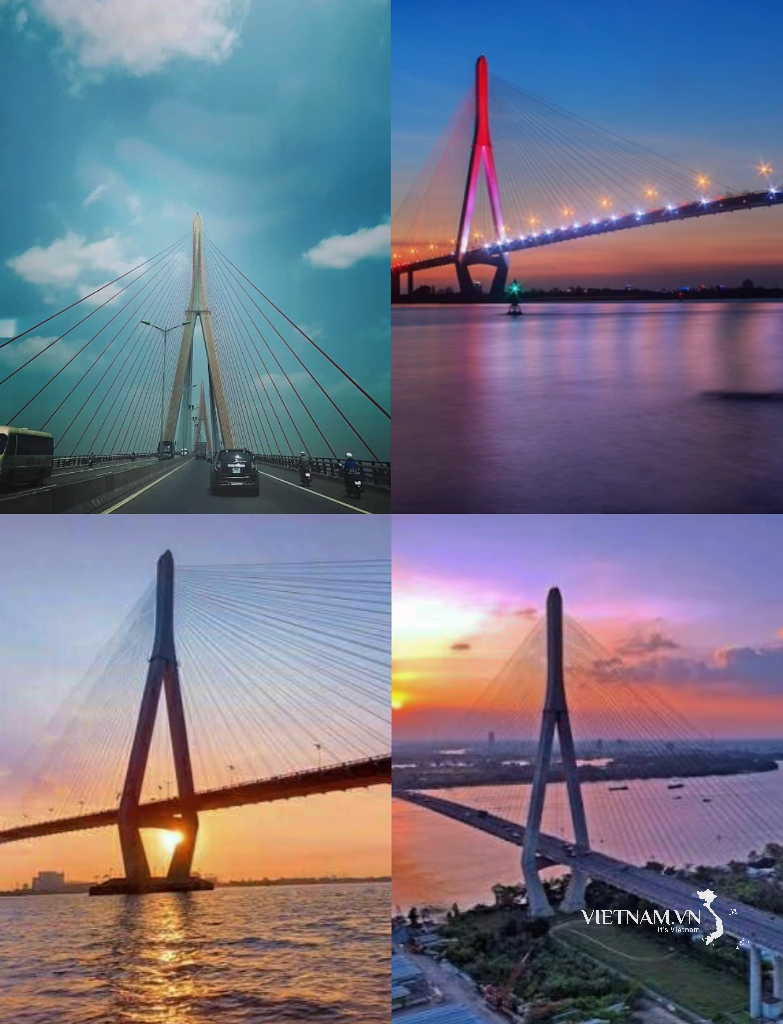

Comment (0)